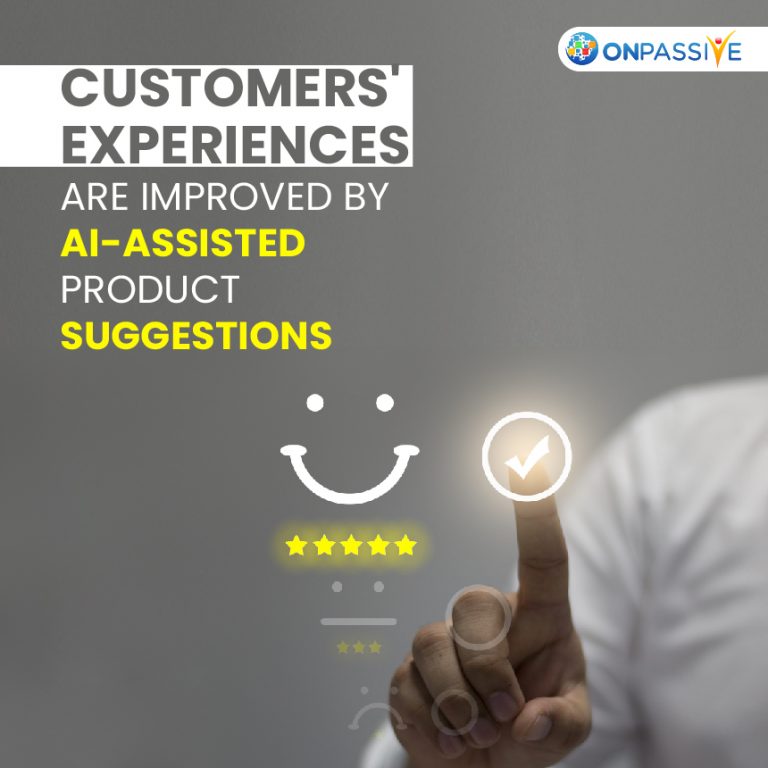
For some time now, many organizations have used artificial intelligence technology to alter their operations, but the pandemic has brought greater urgency to automate and reinvent enterprises. During these uncertain and constantly changing times, AI seeks to help business executives streamline company operations and enhance production and customer service.
AI is also revolutionizing how we do business at an unprecedented rate, yet making the switch to transformative AI solutions, which is easier than you would expect. Now is the moment to invest in yourself so that you can stay on top of your game.
Before going further, let’s checkout mistakes to avoid setting up an AI business.
Mistakes To Avoid While Setting Up AI-Powered Enterprise
In the process of building an AI-powered enterprise, many businesses are committing few common mistakes, which include:
● Inadequate Knowledge About AI Technologies
Executives frequently believe that AI technology is beyond their comprehension. Many people may not grasp sophisticated programming, but the essential operation must be explained and understood in commercial terms. The concepts are evident to businesspeople, and suppliers may describe their solutions clearly and concisely. Both parties must put out the effort.
● Unrealistic Expectations Owing To Vendor And Market Hype
This is a significant issue. Every technological shift causes vendors, consultants, and companies to mix up what is technically conceivable with what is technically feasible. SRI, the firm that developed Siri as part of a DARPA experiment 25 years ago, pioneered intelligent assistants. A total of $150 million was spent on research and development, demonstrating what was feasible. Only in the last several years have these tools proven useful.
● Underestimating The Amount Of Money Needed
All too frequently, ROI is calculated without a thorough grasp of what is required to make things work and the associated expenses. Startups frequently attempt to achieve things that have never been done before and offer what we call “aspirational functionality.” They may feel they can achieve what they promise, but it will take a lot of consumer investment and misery to do so. The initiatives that are considered “moonshots” are the ones that are most likely to fail.
● Immature Supporting Processes
AI technology is sometimes compared to a high-performance supercar. On the other hand, the required supporting procedures resemble rutted dirt roads rather than a clean level racetrack where the automobile will function according to its specs. This may be seen in the form of personalized experiences. Some marketers segment customers, but they don’t know how to distinguish their experiences across those categories. Although the technologies and architecture are in place, the supporting communications and content processes aren’t.
● Technologies That Are Not Linked
Companies are experimenting with various technologies, and some tasks, such as marketing, have seen rapid evolution thanks to easy-to-use cloud-based solutions. This has resulted in increased fragmentation of data, procedures, and experience in many cases. It’s tough to update or replace legacy systems, and layering transformative AI solutions technologies on top of an out-of-date infrastructure might exacerbate the problem.
● Data That Is Of Poor Quality
It’s all about the numbers. The data is, in fact, more essential than the algorithm. Many proof-of-concept (POC) projects function well, but only if the data was hand-selected, merged, cleaned, enhanced, and selected for the AI. Companies do not have the same circumstances or luxury in a manufacturing setting.
Why does data management play such an essential role in the effective adoption of AI?
Data is used to run AI algorithms (programmes). Because there is so much data accessible to “train” the algorithms, AI has grown more realistic in recent years. Data for learning comes in a variety of formats and structures. For example, teaching an AI to detect fraudulent transactions necessitates presenting several examples of both genuine and fraudulent transactions.
Transformative AI solutions help learn about your products, services, and solutions – the knowledge architecture that determines your company’s market worth. This is why making successful bots is challenging and expensive. Projects like the insurance example above can cost up to $1 million or more, but they deliver a massive return on investment. Assume you’re attempting to personalize a consumer experience. When visitors visit your site, the goal is to read their “digital body language.”
Conclusion
It’s not as simple as clicking your fingers to remove the hurdles to change. Legacy systems, skills gaps, and governance are all complicated issues that must be carefully managed for long-term success – but the work is well worth it. Organizations improve the speed and accuracy of AI by modifying siloed processes, resulting in faster, more reliable, and higher-quality outputs that have a noticeable effect on the top and bottom lines.
Thus, AI outcomes are determined by strategic purpose, which is facilitated through cultural change and investment. Even in these challenging times, leading firms have managed to integrate Data & AI into the fabric of their operations, allowing them to develop and assist their businesses.
So, if you have understood how important it is to teach AI in your business and you wish to switch to AI products for your business, then ONPASSIVE’s AI products are here for you. To know about our services and products, contact us.



Patricio Rivers
3 years ago
SK golam Kabir
3 years ago
Sariya Sultana
3 years ago
Rukiya Khatun
3 years ago